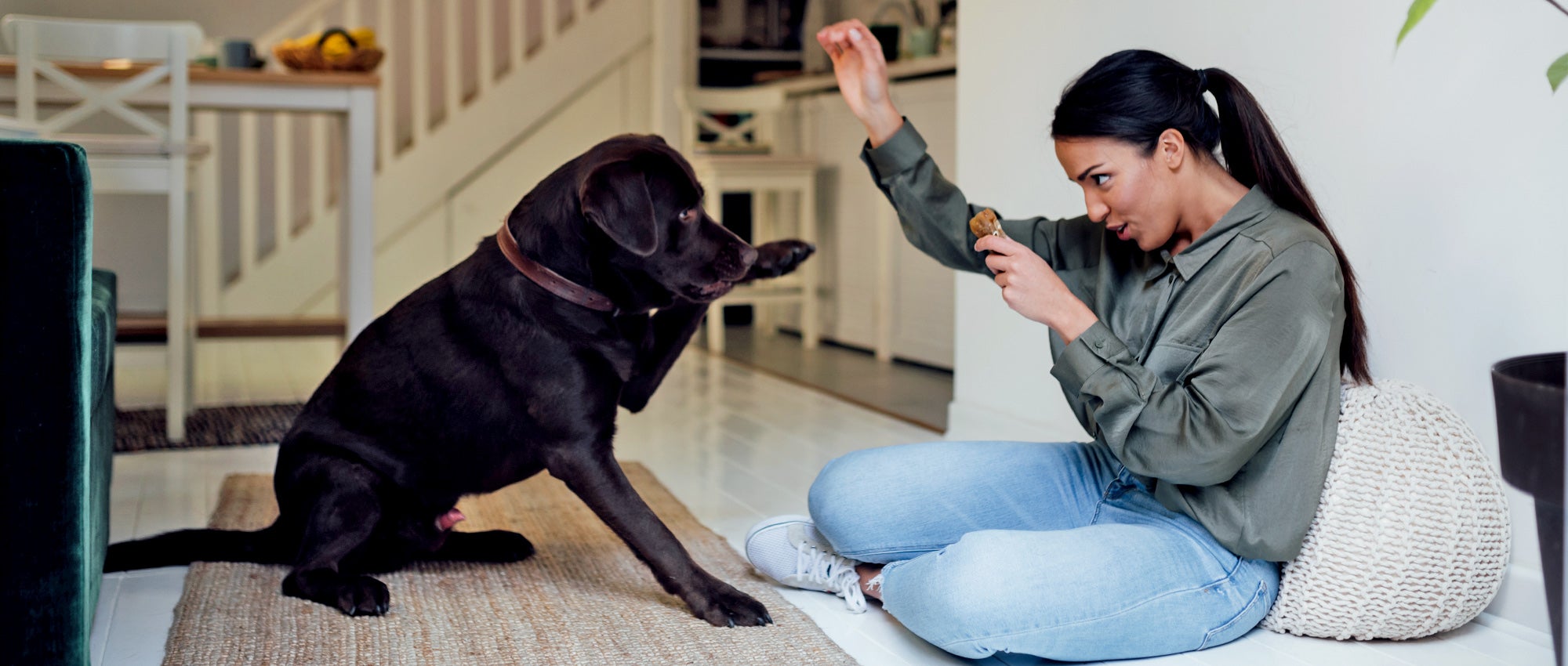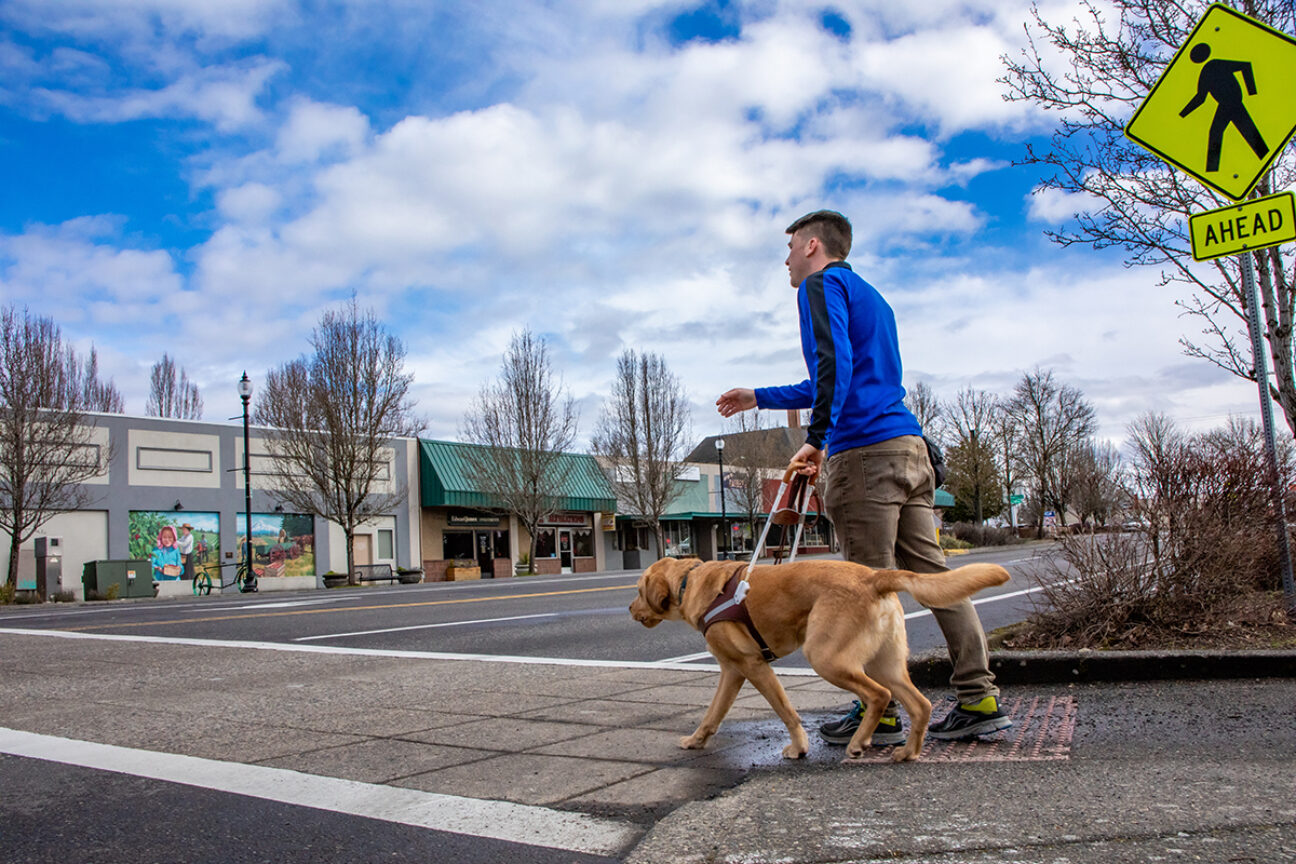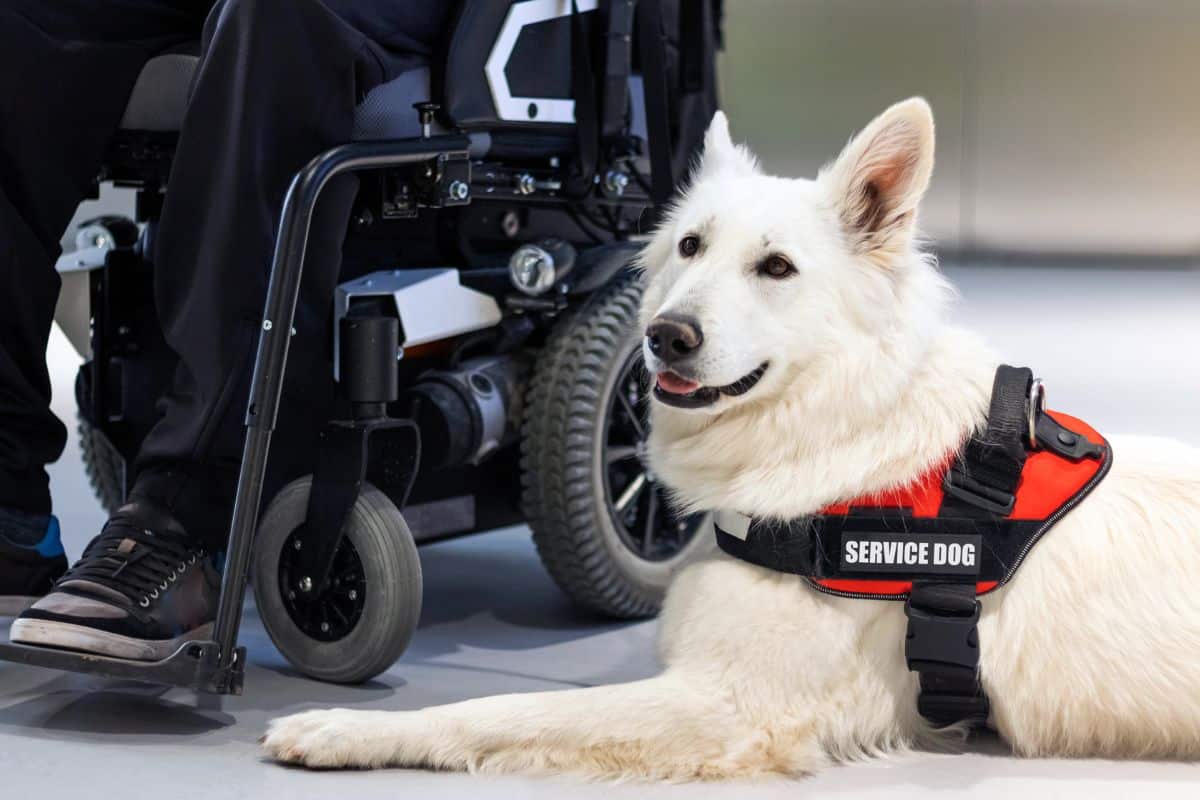Dog Training Techniques to Help Manage Aggressive Behavior in Dogs
Dog Training Techniques to Help Manage Aggressive Behavior in Dogs
Blog Article
Top Pet Training Strategies Every Owner Must Know

Positive Reinforcement Strategies
Making use of favorable reinforcement techniques is vital for efficient dog training, as it cultivates a relying on bond in between the dog and the trainer. This approach concentrates on satisfying desirable behaviors instead of penalizing unwanted ones, creating an environment favorable to learning. Incentives can include deals with, praise, or playtime, which motivate pets to repeat the habits that make them these incentives.

Additionally, this method enhances the pet dog's interest for training sessions. They are much more engaged and responsive when pets link training with positive experiences. Dog training. Beyond instant therapy, favorable support motivates a collaborative relationship in between the canine and trainer, minimizing anxiousness and anxiety
To maximize effectiveness, it is important to deliver benefits promptly, making sure the pet connects the behavior with the reinforcement. Fundamentally, favorable support methods not just yield better-trained dogs however likewise advertise a harmonious partnership in between pet and owner.
Remote Control Training Technique
The clicker training method is a highly efficient strategy that builds on the concepts of positive reinforcement by adding an unique audio to mark wanted actions. This approach makes use of a tiny portable gadget that creates a clicking noise, enabling fitness instructors to interact with their pet dogs in a clear and instant way. When a pet dog does a habits that the owner wishes to encourage, the clicker is turned on, adhered to by an incentive, generally in the form of deals with or appreciation.
The secret to successful clicker training exists in uniformity and timing. It is vital to click at the precise moment the wanted actions happens, making certain that the pet dog connects the noise with the action and the subsequent reward. This method not just boosts interaction however also cultivates a more powerful bond in between the owner and the canine, as it urges interaction and interaction during training sessions.
Remote control training can be related to a range of habits and commands, from standard obedience to extra complicated tricks. Its convenience and efficiency make it a favored strategy among specialist instructors and animal proprietors alike, leading the way for a well-trained and receptive why not find out more canine companion.
Chain Training Fundamentals
Reliable leash training is important for ensuring a satisfying and secure walking experience for both pets and their owners. Dog training. Chain training need to begin very early and be approached with persistence and uniformity. Begin by choosing an ideal chain and collar or harness. A level collar might benefit some canines, while others may gain from a harness that decreases drawing.
Introduce your pet dog to the chain progressively, allowing them to discover it in a comfortable environment. Once they are accustomed, technique loose-leash walking. This entails rewarding your pet dog for strolling beside you as opposed to drawing ahead. Use deals with and appreciation to reinforce preferred habits, and make certain to continue to be assertive and tranquil.
If your pet dog starts to pull, stop walking quickly. Wait up until they go back to your side before resuming. This instructs them that pulling does not result in progress. Additionally, technique numerous strolling atmospheres to assist your dog adjust to distractions.
Normal technique will certainly solidify your dog's understanding of leash rules. Bear in mind that chain training is a continuous procedure; persistence and consistency will produce the most effective outcomes, promoting a favorable experience for both you and your canine buddy.
Socializing Strategies
Socialization is an essential aspect of pet training that need to ideally begin during puppyhood but can be useful at any age. Effective socialization aids canines establish confidence and minimizes the possibility of behavior problems. To execute effective socialization approaches, expose your pet to a variety of settings, people, and various other pets.
Begin with regulated settings, such as young puppy courses or organized playgroups, where young pet dogs can interact safely. Progressively introduce your canine to brand-new experiences, including different sounds, surface areas, and activities. Make sure these experiences are positive and satisfying to develop a feeling of safety and security.
For grown-up pets or those lacking exposure, start with low-stress scenarios. try this web-site Short, positive interactions with calm pets and pleasant humans can create positive associations. Make use of treats and appreciation to enhance desirable behaviors during these experiences.

Consistency and Perseverance
Acknowledging the relevance of uniformity and patience in pet dog training is important for attaining long lasting outcomes. Inconsistent training can lead to complication, making it challenging for the pet to understand behaviors or commands, inevitably hindering progression.
Pets, like humans, learn at their own speed. This promotes a relying on relationship between the pet dog and owner, urging a much more willing and passionate student.
To grow uniformity and perseverance, establish a normal training routine, utilize the exact same commands, and make certain that all relative use the exact same training principles - Dog training. By doing so, you create a secure setting for learning, permitting your dog to flourish and develop right into a well-behaved buddy
Conclusion
Finally, reliable dog training strategies, such as positive reinforcement, clicker training, and correct leash training, are crucial for cultivating a healthy owner-dog connection. Furthermore, executing socialization techniques and keeping consistency and persistence throughout the training process contributes significantly to a dog's general health. By integrating these approaches, dog owners can help with the advancement of well-adjusted, obedient pet dogs, inevitably enhancing the high quality of life for both the pet dog and the owner.
Amongst the most popular methods are favorable support, clicker training, and leash training, each offering distinct benefits that add to a well-behaved pet. As we discover these essential approaches, it comes to be obvious that understanding their subtleties can dramatically influence the training experience and the pet dog's general actions.Using positive support techniques is necessary for effective dog training, as it promotes a trusting bond in between the fitness instructor and the pet dog.In conclusion, efficient dog training techniques, such as favorable reinforcement, remote control training, and appropriate leash training, are crucial for fostering a healthy and balanced owner-dog relationship. By incorporating these approaches, canine owners can assist in the development of well-adjusted, obedient pets, ultimately enhancing the quality of life for both the pet dog and the proprietor.
Report this page